Rivers of ink are written about and because of translation. A huge number of texts are translated daily, and many reflections have been made on translating too.
What should we expect from translators?
Nowadays the translation subject is studied following a descriptive approach. Traditionally, reflections were made on how to properly translate a text, drawing a line between right and wrong translations to that end. More recently, however, translation has been studied as a process. Translating is not choosing between what is right and what is wrong when dealing with difficult texts, but rather choosing among an undefined number of options according to whom the text is addressed. Being able to choose between more or less appropriate options involves developing the translation competence. This competence enables translators, who must demonstrate their knowledge and skills in taking decisions (strategy), using documentary sources (instrumental skills), gaining awareness on subjects that initially are alien to them (encyclopedic knowledge) and, obviously, mastering the involved languages (linguistic awareness). Continuar

